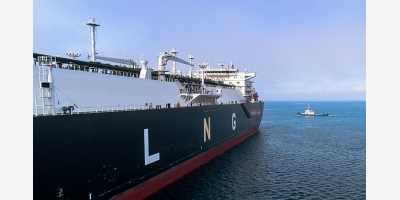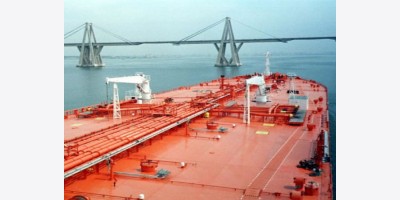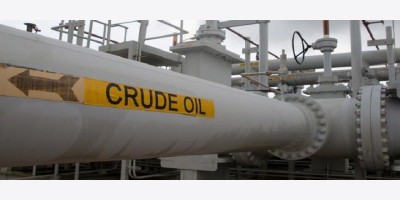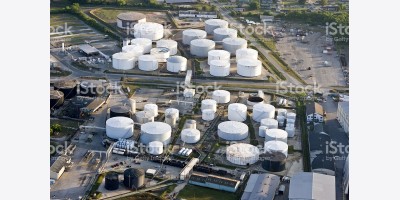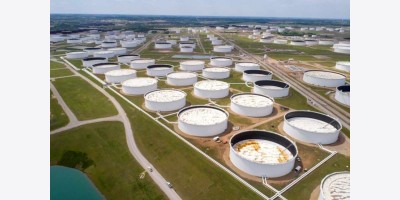U.S. President Barack Obama will meet Saudi Arabia’s King Abdullah on March 28, a time in which their nations’ long-held alliance is undergoing a dramatic shift. For decades, the U.S. relied heavily on Saudi crude not only for direct imports into America, but also for the Saudis to maintain global supplies and temper prices. The Saudis were able to depend on their customer’s insatiable demand for oil. The U.S. in return, guaranteed security in the Middle East.
That balance has been upended over the last few years with the tight oil boom in the U.S. Now, the U.S. is producing 10% of the world’s oil, and could within a few years challenge Saudi Arabia for claim of world’s largest oil producer. That also means that the U.S. is importing the least amount of oil in over two decades, weakening the bonds that have traditionally tied the U.S. and Saudi Arabia together. As the U.S. doesn’t need Saudi crude as much anymore, its political objectives have strayed from Saudi Arabia’s. The U.S. has taken a back seat when it comes to the multi-year civil war in Syria – Saudi Arabia has expressed a deep desire to unseat Syrian President Bashar al-Assad and criticized U.S. inaction on the issue. The U.S. has also pursued warmer relations with Iran, a major enemy of the Saudi Kingdom. As a result, trust between the U.S. and Saudi Arabia has frayed.
For Saudi Arabia, it now has a potentially bigger customer to the East. China is now the world’s largest importer of oil, and its relationship with Saudi Arabia is growing. “The global picture for Saudi Arabia has changed fundamentally as a result of the growth of unconventional oil in the U.S.,” said Valerie Marcel, an associate fellow at Chatham House, according to Bloomberg News. “Saudi Arabia and the rest of the Gulf exporters are turning their attention eastward and that has an impact on how they see the West.”
By James Burgess of Oilprice.com










